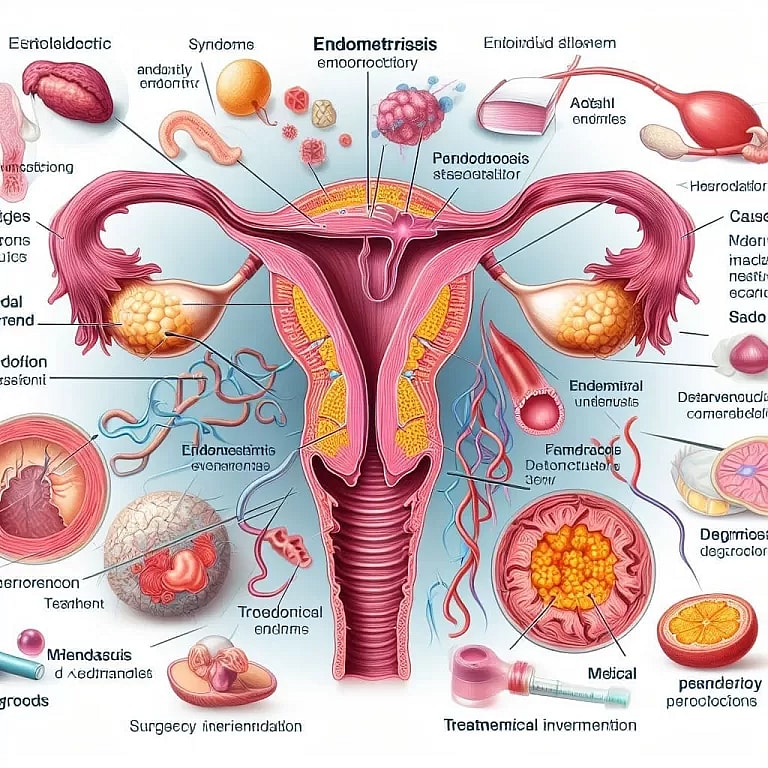Pain management
**Pain Management**
Pain management encompasses a holistic approach to addressing and alleviating both acute and chronic pain. It involves a multidisciplinary team of healthcare professionals utilizing evidence-based interventions including medication, physical therapy, psychological therapy, and lifestyle modifications. Our pain management post_tag provides comprehensive coverage of:
* **Causes and Types of Pain:** Exploring the various sources of pain, such as musculoskeletal, neuropathic, and visceral pain.
* **Assessment and Diagnosis:** Evaluating pain intensity, location, duration, and impact on daily life using validated assessment tools.
* **Pharmacological Management:** Discussing medication options for pain relief, including opioids, non-opioids, and adjuvants.
* **Non-Pharmacological Therapies:** Exploring non-drug approaches to pain management, such as physical therapy, acupuncture, massage therapy, and biofeedback.
* **Psychological Interventions:** Addressing the emotional and psychological aspects of pain, including cognitive-behavioral therapy, mindfulness, and relaxation techniques.
* **Lifestyle Modifications:** Emphasizing the role of healthy lifestyle habits in pain management, including exercise, nutrition, and sleep hygiene.
Our post_tag aims to empower patients with chronic pain by providing comprehensive information on pain management strategies, the latest advancements, and resources for support. By incorporating pertinent keywords and expressions, we ensure its visibility on search engines to assist individuals seeking expert guidance on effective pain management.
Physical Therapy for Fibromyalgia: Benefits and Recommended Exercises

Physical therapy may be used alongside other treatments to help reduce fibromyalgia pain and improve mental health. Chronic pain and fatigue are common symptoms of fibromyalgia. You may also experience sleep, memory, or mood issues as a result of this…
Stress Headaches: Symptoms, Treatments, FAQs, and More

Stress may trigger tension-type headaches or migraine attacks, research shows. To keep the pain at bay, treatments, like ibuprofen, cognitive behavioral therapy, and mindfulness or relaxation practices, may help. Tension headaches are the most common type of headache, which may…
Exparel dosage: Form, strength, how to use, and more

Exparel dosage (bupivacaine liposome injectable suspension) is prescribed for pain relief after surgery. The drug comes as a suspension. A healthcare professional injects this type of liquid mixture as a one-time dose. Exparel is used in adults as local analgesia…
Cold Weather and Joint Pain: Causes and Recommendations

It’s not uncommon to have joint pain when it’s cold, and there are many potential causes. Staying warm, bundling up when you venture outside, and keeping active are a few tips for easing cold-related joint pain. Have you ever noticed…
Can exercise help endometriosis?

Endometriosis management includes taking medications and making lifestyle changes, such as exercising often. Although experts are still looking into this, certain kinds of exercise are often beneficial for people with endometriosis. Endometriosis is a fairly common condition that results in…
